Music was a means of worshipping God across civilisations. While renaissance helped western music grow three-dimensionally, Indian music retained its mono-dimensional quality and became the pinnacle of melody.
A few years ago, the Indian music scenario witnessed unprecedented protests and condemnations in connection with a few events. Illustrious musicians like Pt. Hariprasad Chourasia, Umayalpuram Sivaraman, Subha Mudgal – to mention only a few – were seen seated next to the ramps of fashion shows in Delhi and Mumbai to provide musical accompaniment to the catwalk of models. Critics and connoisseurs came down heavily on them. While denigrating the self-deprecating antics of these musicians, they reminded them of the very purpose of our music, which was bhakti and not entertainment.
A study of the genesis of music tells us how it developed during its incipient stages as a means of communication. The primitive man was exposed to a wide spectrum of sounds of nature, which produced varied emotions in him. At a later stage, he could mime these sounds to produce corresponding emotions in his fellow beings. They were mere cadences of sounds. Musicologists name this as pathogenic or passion-born. The very process of communication took shape during this period for the first time. Later when rudimentary language developed, he could utter them modulated by the very cadences which were developed earlier. This method was called logogenic or word-born.
In this connection the observation of Will Durand, American writer, historian, and philosopher, is worth remembering: “Perhaps the early man sang before he could talk and danced before he could walk”
Medium of worship
Anyhow, over the millennia when music attained the status of art, man used it for the worship of God. Music developed only through this practice in all civilizations of the world. As for our own, certain granthas even insisted that it is to be used only for singing glories of god.
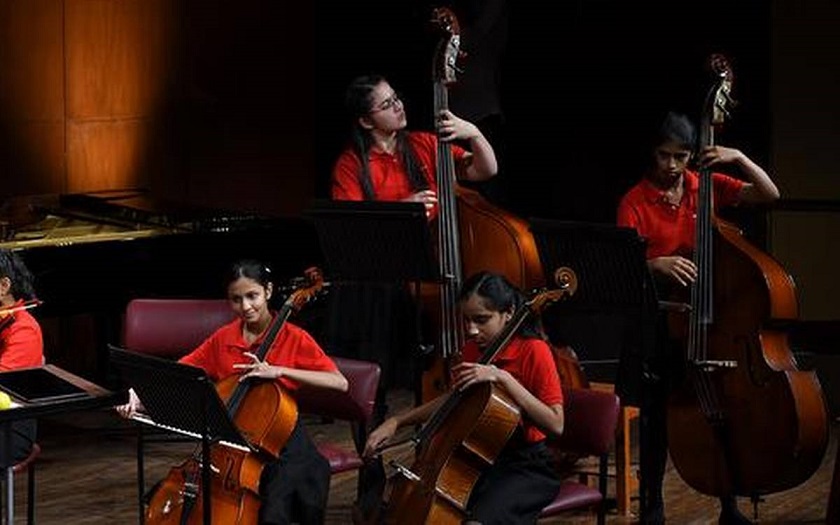
It is worth remembering that there are only two major musical traditions in the world. They are classical Western music and classical Indian music. Interestingly these two streams were exactly parallel in their nature even through the middle ages. Music was mainly a means of communication with the god. The accent, therefore, was not on the personal aspect but on the impersonal facet. Absence of the consciousness of the self or ego presupposes the absence of consciousness of space. Because space has relevance only when there is an awareness of the subject or observer. As the medieval man was neutral and indifferent towards space, his music was correspondingly plain and flat as experienced in the Vedic chants, Gregorian Chants, Choral music etc.
The renaissance era
But in the West, during the period of Renaissance, classicism and romanticism and also during the final stages of impressionism and expressionism, the attempt was to place man at the centre of the whole system. Thus, the world around him began to be treated as the object as seen by him, heard by him and experienced by him. The human attitude changed from the contemplative to the pragmatic. Music began expressing man’s feelings. No longer was its function communication to the divine but communication of his sentiments to his fellow beings.
It was this consciousness of space that led to the evolution of the ‘three-dimensional’ music of the West. In sharp contrast to this system, Indian music retained its mono-dimensional quality. But it strove to attain melodic heights that remain a challenge to any other system of music in the world. The reason was the emphasis on bhakti. And an offshoot of this sustained effort was the birth of a singular concept – Raga that is the sublimation of melody.
(Read Part II here)

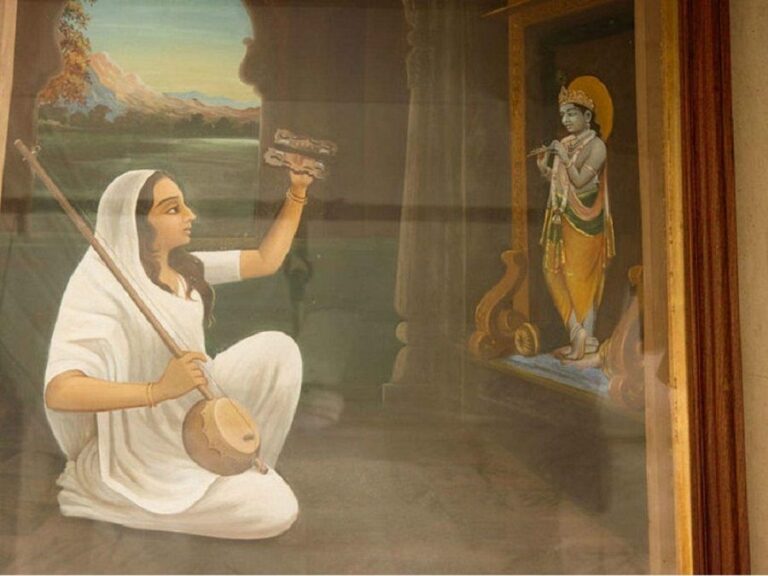
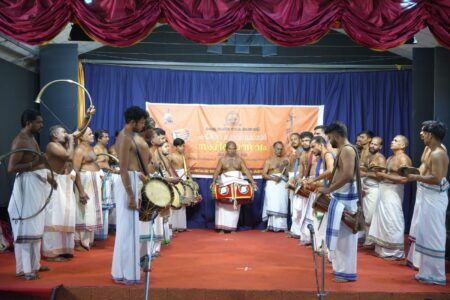
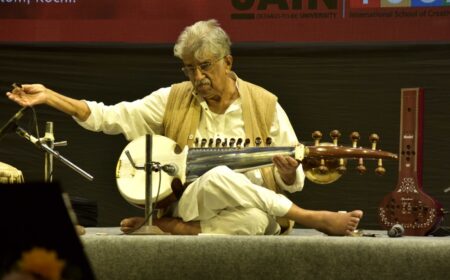
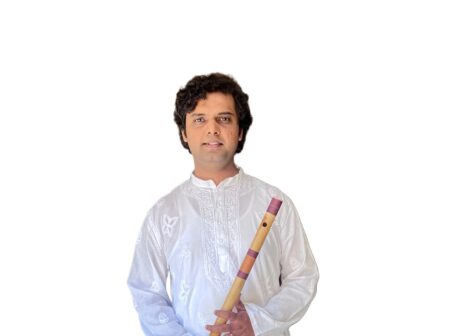
1 Comment
Very informative article! Looking forward to the subsequent article on this subject.